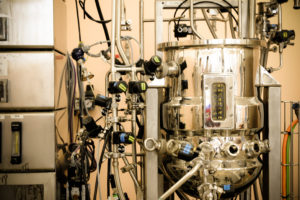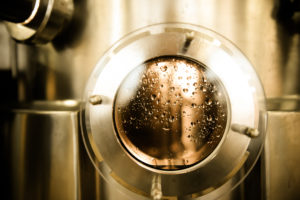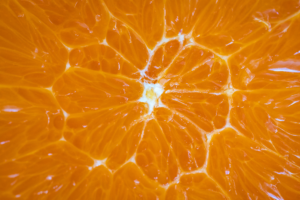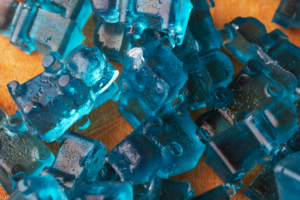How are Colors Made with Fermentation?
Natural colours are made in different ways depending on the source material and desired end format – oil vs. water soluble. These can include juicing, crushing, and selective extraction. But one of the ways we can make colours that is not commonly known is through fermentation. In this article we’ll walk you through how fermentation colours are made and the types of colours that typically use this process.
What is fermentation?
Fermentation is a metabolic process in which an organism converts a carbohydrate, such as starch or sugar, into an alcohol or an acid. Typically fermentation refers to an anaerobic process, meaning it doesn’t require oxygen. However, fermentation has been expanded and now refers to all culture growth in a fermenter – aerobic and anaerobic.
For example, yeast performs fermentation to obtain energy by converting sugar into alcohol and bacteria perform fermentation when they convert carbohydrates into lactic acid. This process has been used for centuries to create food and beverage products – such as wine, cheese, and beer – long before the biochemical process was understood.
Fermentation expanded
But now that we understand the process, we can expand it to other aspects of the food and beverage industry – like growing organisms that can produce natural colours.
The two main examples of colours made with fermentation are the mold Blakeslea trispora, the source responsible for producing a lot the yellow-orange colour beta-carotene currently used in foods and beverages, and the microalgae Galdieria sulphuraria, used to make vibrant blue phycocyanins, in a similar fashion to spirulina (a cyanobacteria).



How It’s Done
It all starts with the source material – the microorganism (i.e. the microalgae) is loaded into a fermentation tank, a bioreactor that provides a closed, sterile environment for growth.
The temperature and pH levels are closely monitored and controlled during the fermentation to maximize production. Since this type of bioreactor doesn’t allow sunlight to enter, the source material is ‘fed’ a substrate like glucose to help it grow since it can’t photosynthesize. Don’t worry! The microorganism only uses the sugar to multiply, so it doesn’t result in any added sugars in the final colour.
This is called heterotrophic fermentation (hetero: different, trophic: eating), because the microorganism feeds on alternative substrates in the dark instead of photosynthesizing.
Once the batch has finished growing to its desired capacity, the broth is removed from the fermentation tank and loaded into the extractor. In the case of galdieria blue, it is gently water extracted while beta-carotene is extracted using alcohol (the alcohol is then boiled off). It can then either stay in liquid form or be dried into a powder.

The 5 Main Benefits of Heterotrophic Fermentation
The closed nature of bioreactors is great for making natural colours. Not only is it easier to maintain the purity of the desired strain, but it also has benefits over traditional growing methods, including:
1. Productivity:
By growing sources like microalgae on sugars instead of sunlight we can reach productivities and densities ten times greater than typical growing methods in the same amount of time.
2. Control:
Heterotrophic fermentation is a highly controlled production process, making it easier to regulate things like production temperature, time, purity, etc. to end up with a consistent, quality product year-round.
3. Quality
Because bioreactors are closed systems, they protect the source from the external environment – meaning there is a lower risk of contaminants for some sources, as can be found with an open pond system.
4. Consistency & Supply:
Because the microalgae is grown indoors, it is not subject to weather or seasonal variations like open ponds.
5. Sustainability:
Heterotrophic fermentation allows scaling to large volumes without having to use land extensively. It also generally uses less water and power, minimizing our environmental impact.
So, you can see that even though fermentation is not the most commonly used way of growing natural colour sources, it definitely has its upside! It helps us obtain certain pigments that would not be available otherwise and allows us to create other colors in a more sustainable and traceable way.
Like what you read? Learn more about fermentation and how galdieria blue colour is made here.






